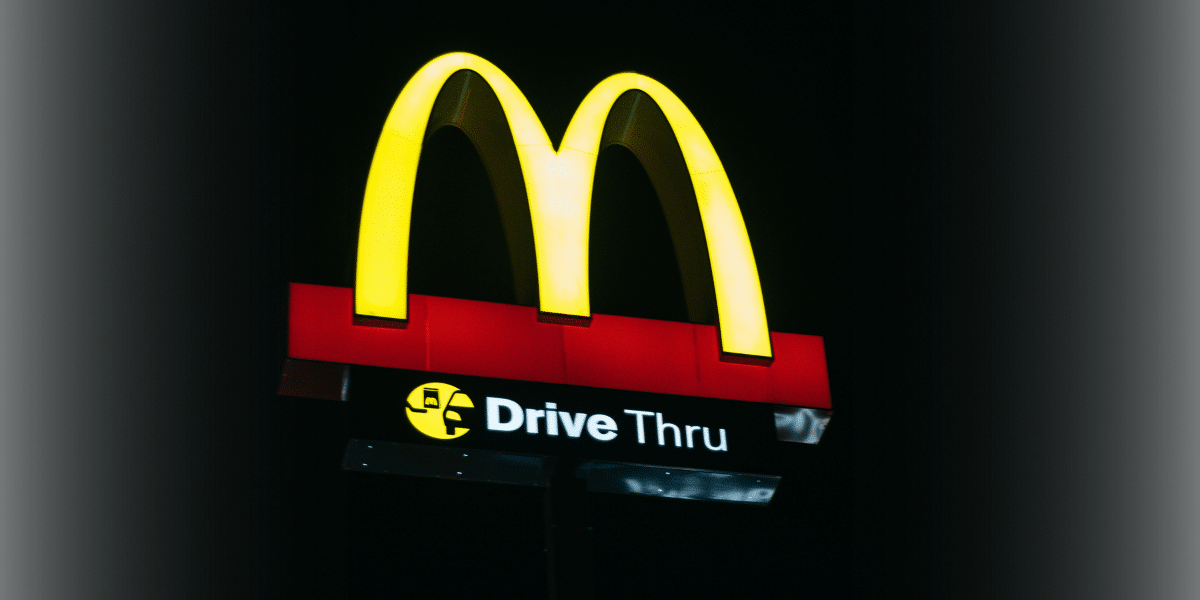Fast food is an integral part of modern life, providing quick, affordable meals for people on the go. From humble beginnings in diners to the widespread popularity of drive-thru restaurants, the fast food industry has experienced a remarkable transformation. Today, fast food is a global phenomenon, serving millions daily, and it has reshaped how people eat and interact with food.
The Early Beginnings of Fast Food
The concept of fast food can be traced back to the early 20th century, although its roots are deeply connected to traditional diners and cafeterias. Diners, which began as small, mobile restaurants serving affordable meals, laid the foundation for fast food by offering quick service in an informal setting. These establishments became particularly popular in the United States during the Great Depression, providing inexpensive meals to a struggling population.
While diners were a precursor to fast food, they were not as focused on speed and efficiency as modern fast food chains. Meals in diners often took longer to prepare, and service was typically provided at the table. However, the popularity of diners set the stage for introducing more streamlined, mass-produced food service models.
The Birth of the Fast Food Chain
The 1940s marked a significant turning point in the development of fast food. One of the first true fast food chains, McDonald’s, was founded in 1940 by brothers Richard and Maurice McDonald. Originally, the McDonald brothers operated a drive-in restaurant that served burgers, fries, and shakes, but their model was far from unique. In fact, fast food chains had existed before McDonald’s, but the McDonald brothers’ innovative approach revolutionized the industry.
In 1948, the McDonald brothers introduced the “Speedee Service System,” which emphasized efficiency and consistency in food preparation. Using an assembly line method, they could serve customers quickly while maintaining high standards of quality. This system, which streamlined the cooking process and reduced wait times, became the blueprint for future fast-food chains.
The Rise of the Drive-Thru
While diners were an early influence, the introduction of the drive-thru truly defined the fast food experience. The first drive-thru restaurant, In-N-Out Burger, opened in 1948 in Baldwin Park, California. In-N-Out’s founders, Harry and Esther Snyder, revolutionized the fast-food industry by allowing customers to order and receive food without leaving their cars. This innovation catered to the growing demand for convenience and speed, which was becoming increasingly important in a rapidly changing society.
Drive-thru restaurants became immensely popular in the 1950s and 1960s, particularly in suburban America. The rise of the automobile and the expansion of highways made it easier for people to travel long distances quickly, and fast food restaurants adapted by offering a more convenient way to eat on the go. Drive-thrus allowed customers to place an order, pay, and pick up their food without ever having to leave their vehicles. This saved time and made it easier for families, busy professionals, and commuters to access meals quickly.
The drive-thru concept soon spread across the United States, and major fast food chains like McDonald’s, Burger King, and Wendy’s all adopted this model. The ability to serve customers quickly and efficiently made the drive-thru an essential part of the fast food industry.
Fast Food Goes Global
As the drive-thru model gained popularity in the U.S., fast-food chains expanded internationally. McDonald’s, Burger King, and KFC were among the first to open locations in other countries, bringing American-style fast food to a global audience. By the 1970s and 1980s, these brands had established a significant presence in global markets.
The global spread of fast food was further fueled by the rise of multinational corporations and the increasing standardization of food production. Fast food chains replicated their success in various countries by offering consistent products and maintaining tight control over their supply chains. This approach allowed them to expand rapidly, making fast food an integral part of modern urban life in both developed and emerging economies.
The Health Conscious Shift in Fast Food
As awareness of healthy eating has grown, fast food chains have faced increasing pressure to adapt their menus to meet the demands of more health-conscious consumers. In response, many fast-food restaurants have introduced healthier options, such as salads, grilled chicken, and plant-based alternatives. Additionally, some chains have started offering lower-calorie meals and providing detailed nutritional information to help customers make more informed choices.
The demand for plant-based options, in particular, has led to the development of new menu items, such as Burger King’s Impossible Whopper and McDonald’s McPlant burger. These items cater to the growing number of people reducing their meat consumption or following vegetarian and vegan diets.
Despite these changes, traditional fast food items like burgers, fries, and chicken nuggets remain at the industry’s core. The balance between health-conscious choices and classic fast food offerings will likely remain a key trend.
The Continued Evolution of Fast Food
The fast food industry has come a long way since the days of diners and drive-ins. From the introduction of McDonald’s assembly-line service model to the widespread popularity of drive-thru restaurants, the evolution of fast food has been marked by innovation, convenience, and adaptability. Today, fast food remains a dominant force in the global food industry, serving millions of people each day.
Published by: Martin De Juan








